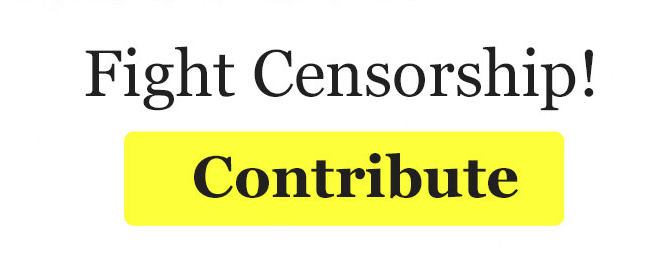
Arctic could see more rain than snow in 30 years, study suggests
ADVERTISEMENT
By Liny Lambernik
There could be more rainfall than snow in the Arctic in as little as 30 years because of the world’s changing climate, according to a new study that predicts the transition will happen decades earlier than previously anticipated.
The change is expected to happen sometime between 2050 and 2080, says research led by the University of Manitoba and published in the journal Nature Communications. Previously, the transition to a rain-dominated Arctic was expected to happen somewhere between 2070 and 2090.
Lead author Michelle McCrystall, a postdoctoral fellow at the university’s Centre for Earth Observation Science, said more than 50 per cent of precipitation in the Arctic falling as rain instead of snow will have “global implications” and a “very direct impact” on Indigenous people throughout the Arctic.
The biggest precipitation changes, she added, will happen during the fall. Predominant snowfall and snow precipitation is still expected in the winter months, even by the end of the century.
Some regions will make the transition earlier than others, she explained, based on their temperatures and proximity to the North Pole.
The study’s projections stem from an aggregation of data from around the world.
ADVERTISEMENT
McCrystall said the 2050 to 2080 range in which the transition could happen reflects the variability of all the data that was used, but the average points to it happening, more specifically, around the year 2070.
Animal starvation
McCrystall said more rain in the Arctic would also lead to more rain-on-snow events — when rain falls onto an existing snowpack and freezes, forming ice layers either on the snow or within it — which would be “very damaging” for foraging mammals like reindeer, caribou and muskox.
Because of that ice, foraging animals will have a harder time reaching the grassland that lies beneath it.
“It can cause a huge starvation and die off in a lot of these populations,” she said.
Mark Serreze, a co-author of the study and the director of the National Snow and Ice Data Center in Boulder, Colo., said in a statement “the Arctic is changing so fast that Arctic wildlife might not be able to adapt.
“It’s not just a problem for the reindeer, caribou and muskox, but for the people of the North that depend on them as well.”
Kent Moore, a professor of atmospheric physics at the University of Toronto, who is outside of the research team, told CBC News that rain-on-snow events would also cause “incredible” stress on hairy animals like muskox.
“If it rains and then it freezes, then they get a kind of frozen ice on their body, and that can be very, very stressful for them. They can lose heat more rapidly.”
Transition likely to happen in our lifetime, study predicts
Moore said he’s not surprised the Arctic will see more rainfall in the future, but he is surprised when the researchers predict the transition to more rain than snow is going to happen.
“A couple of decades is pretty significant,” he said. “Animals have to adapt quick, but we also have to adapt quicker. And that’s always a challenge, that adaptation,” he said.
Walt Meier, a senior research scientist at the University of Colorado Boulder’s National Snow and Ice Data Center, who is also not one of the study’s authors, said a difference of a few decades means that this transition is more likely to happen in the lifespan of current generations.
“It becomes, for a lot of people, not something that maybe my children or grandchildren will see, but something I may very well live to see,” he said, adding that he, too, was not surprised by the new prediction.
Rising sea levels, thawing permafrost
Meier and McCrystall both said an increase in Arctic rainfall would contribute to rising sea levels, particularly because it will cause more glaciers along the coast of Greenland to fall into the water.
Rain fell on the summit of Greenland — a location where precipitation has previously always fallen as snow or ice — for the first time on record this year.

The rain could also lead to permafrost thaw, said McCrystall.
“With more warming and more rainfall, that kind of percolates through the soil and will allow the soil to warm up,” she said. Permafrost stores carbon, she pointed out, and if it thaws “you’ll get a lot more greenhouse gases that will be emitted into the atmosphere.”
McCrystall said that increase in carbon creates a negative impact, because carbon emissions contribute to the further warming of the atmosphere.
“Changes that happen in the Arctic don’t really stay within the Arctic,” she said.
Though she doesn’t see her research as a call to action, McCrystall wants to see people putting more pressure on politicians to make tangible changes that will have big impacts in the fight against climate change.
The research team, which also included members from University College London, University of Colorado Boulder, University of Lapland and the University of Exeter, said that if the world is able to remain below 1.5 C of global warming, the transition to a rainfall-dominated precipitation might not happen in some Arctic regions.
But, if the world remains on its current trajectory, the transition is likely.
ADVERTISEMENT
The Barents Observer Newsletter
After confirming you're a real person, you can write your email below and we include you to the subscription list.

